By Tim Kirsininkas, Marketing Manager
From all of us at the St. Charles History Museum, we would like to thank the hundreds of visitors we had at our spring exhibit: Ordinary People, Extraordinary Actions: St. Charles and the Underground Railroad. Our dedicated museum staff spent hundreds of hours researching local connections to the freedom-seeking movement of the mid-1800s.
Sheldon Peck
When it comes to the Underground Railroad in Northern Illinois, it seems to be that all roads, in one way or another, lead back to Sheldon Peck.
Sheldon Peck was an American folk artist, conductor on the Underground Railroad, and radical abolitionist at the height of the Civil War and the abolitionist movement of the mid-1800s. In the midst of one of our nation’s most contentious chapters, Peck was the perfect example of an ordinary man who took extraordinary actions to stand up for what he believed was right at a time when it could have cost him everything.
As a central figure in the operation of the Underground Railroad in Kane and DuPage Counties, it made perfect sense for us to center our research for our new Underground Railroad exhibit around him. In the process, numerous local and regional connections were uncovered which showed the extent of this secret operation of freed slave movements.
The St. Charles History Museum’s Staff spent hundreds of hours researching local connections to the operation of the Underground Railroad.
Peck’s 160 acre farm and homestead located in present-day Lombard served as a stop on the underground railroad, providing a safe haven to hundreds of escaped slaves moving northward to find refuge in the Great Lakes region. It is the only historically-verified site in Northern Illinois that is part of the National Park Service’s “Network to Freedom”.
In addition to serving as a secret “conductor” for the underground operation, Peck worked with other local abolitionists and surrounded himself with those who supported the cause in both his personal and professional life. These connections provide the basis for our Underground Railroad exhibit.
Two artifacts that serve as St. Charles connection to the Civil War and freedom seeking movement of the mid-1800s: the congressional desk of U.S. Representative John Farnsworth and the portrait of S.S. Jones painted by Sheldon Peck.
Artifacts of these connections still exist around Kane County, and one of them is part of the St. Charles History Museum collection. This is a rare painting of Peck’s creation featuring his distinctive American folk art style – a portrait of Steven Sanborn Jones, St. Charles lawyer and the man who has been historically credited with naming our City and securing our town’s charter. Now that our Underground Railroad exhibit has closed, the painting is on loan to the Lombard Historical Society as part of the exhibition Sheldon Peck: Footsteps of his Life until the end of August.
This painting is only where the local connections to Sheldon Peck and the Underground Railroad begin. It can be difficult at times to track all the ups and downs and ins and out of this complicated and top-secret operation. From Sheldon Peck and his professional connections to the Kane County Anti-Slavery Society, all the way up to U.S. Representative John Farnsworth and the pressure of the national conflict over the morality of slavery, you will find an intertwining network of people who stuck together to do what they thought was right at a time when everything was on the line, and these ordinary people and their extraordinary actions will live on for the rest of history.







